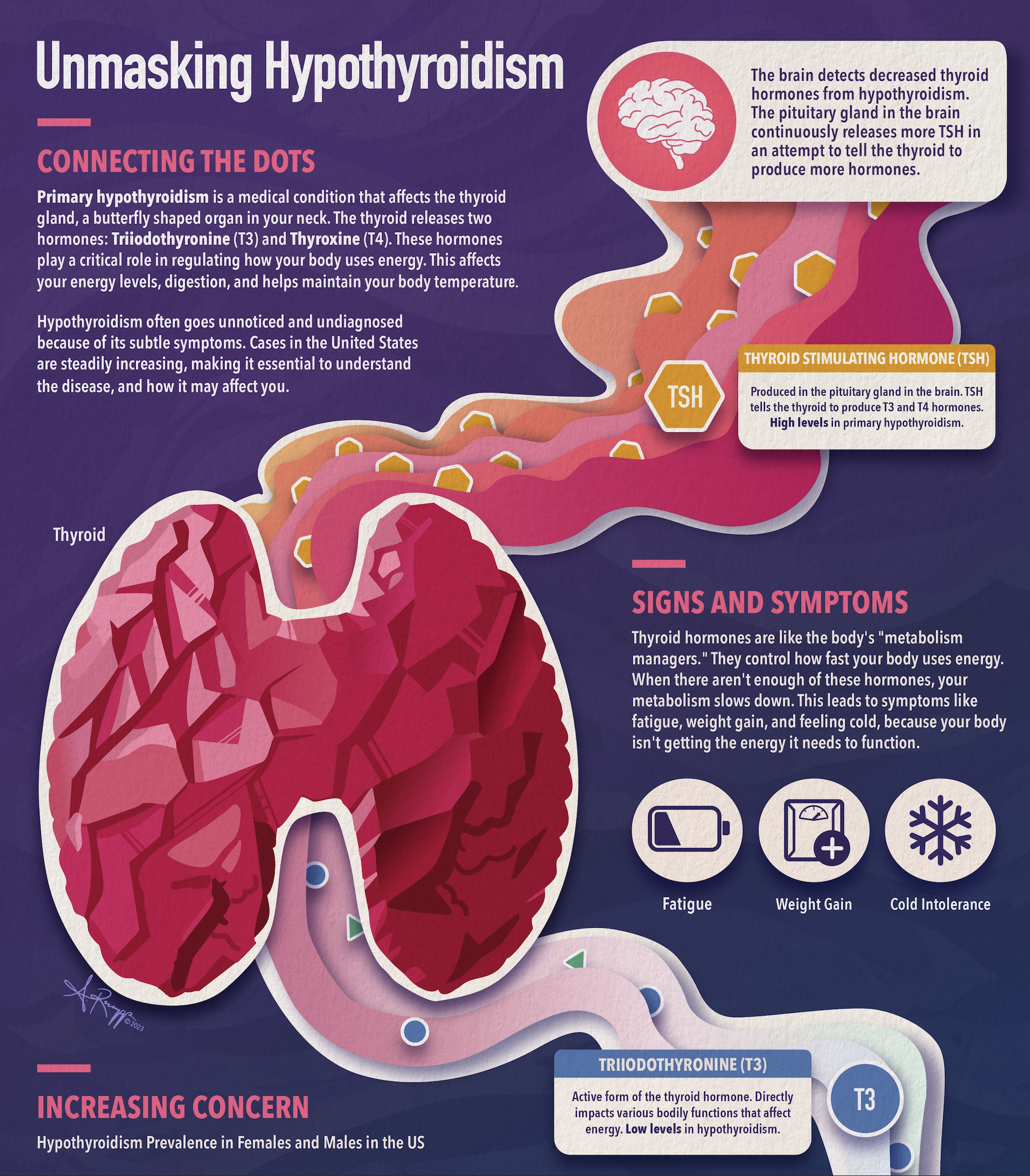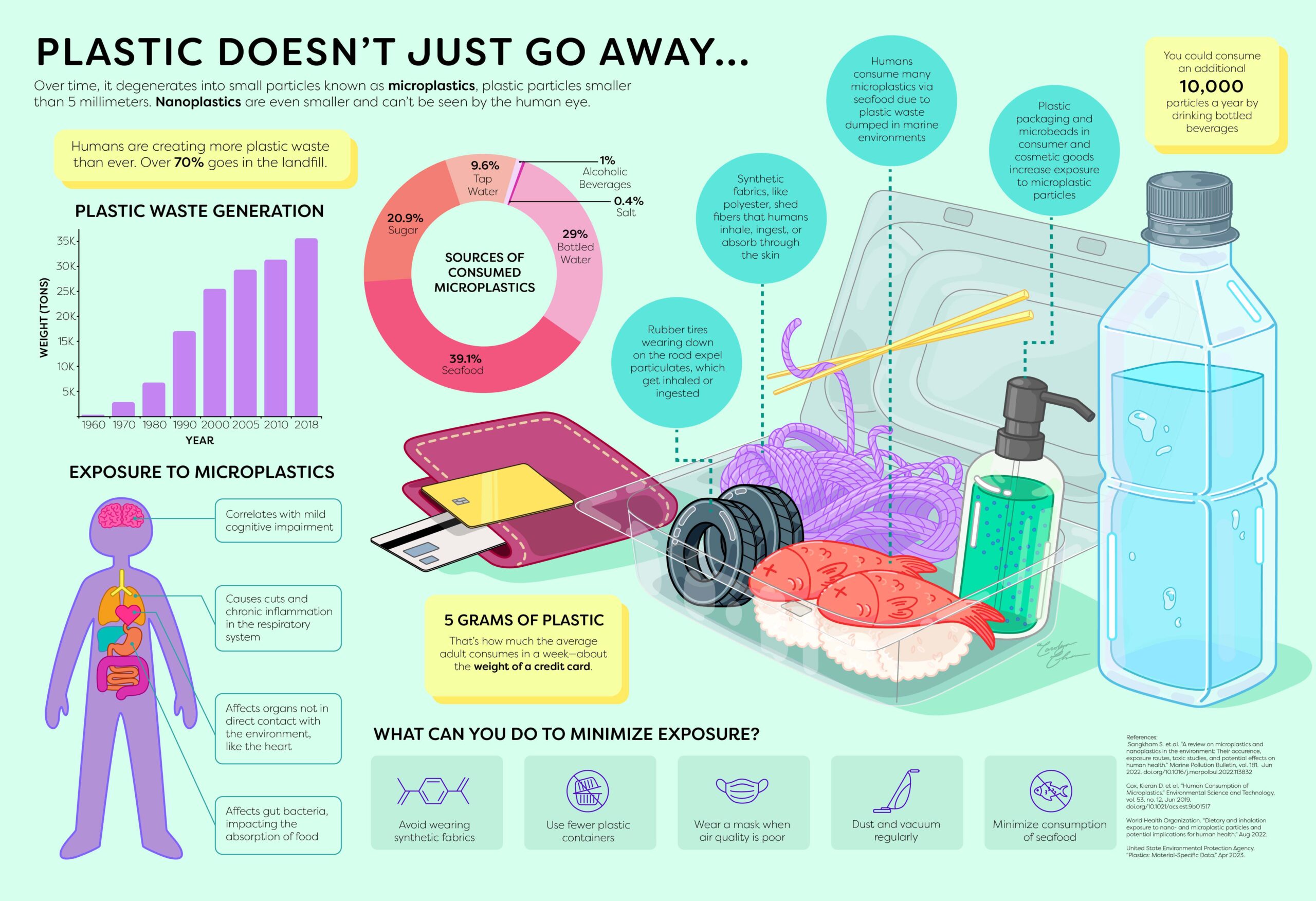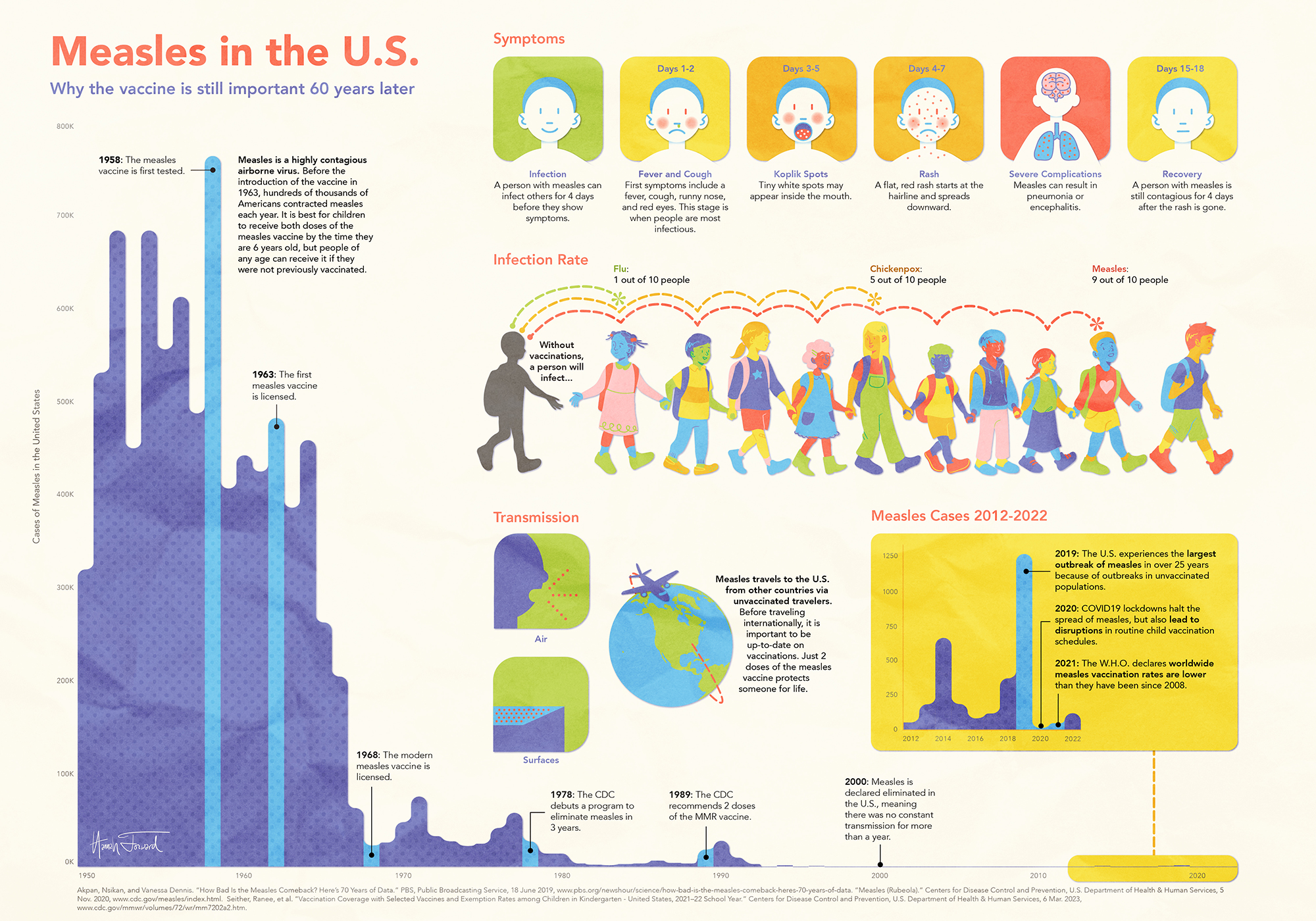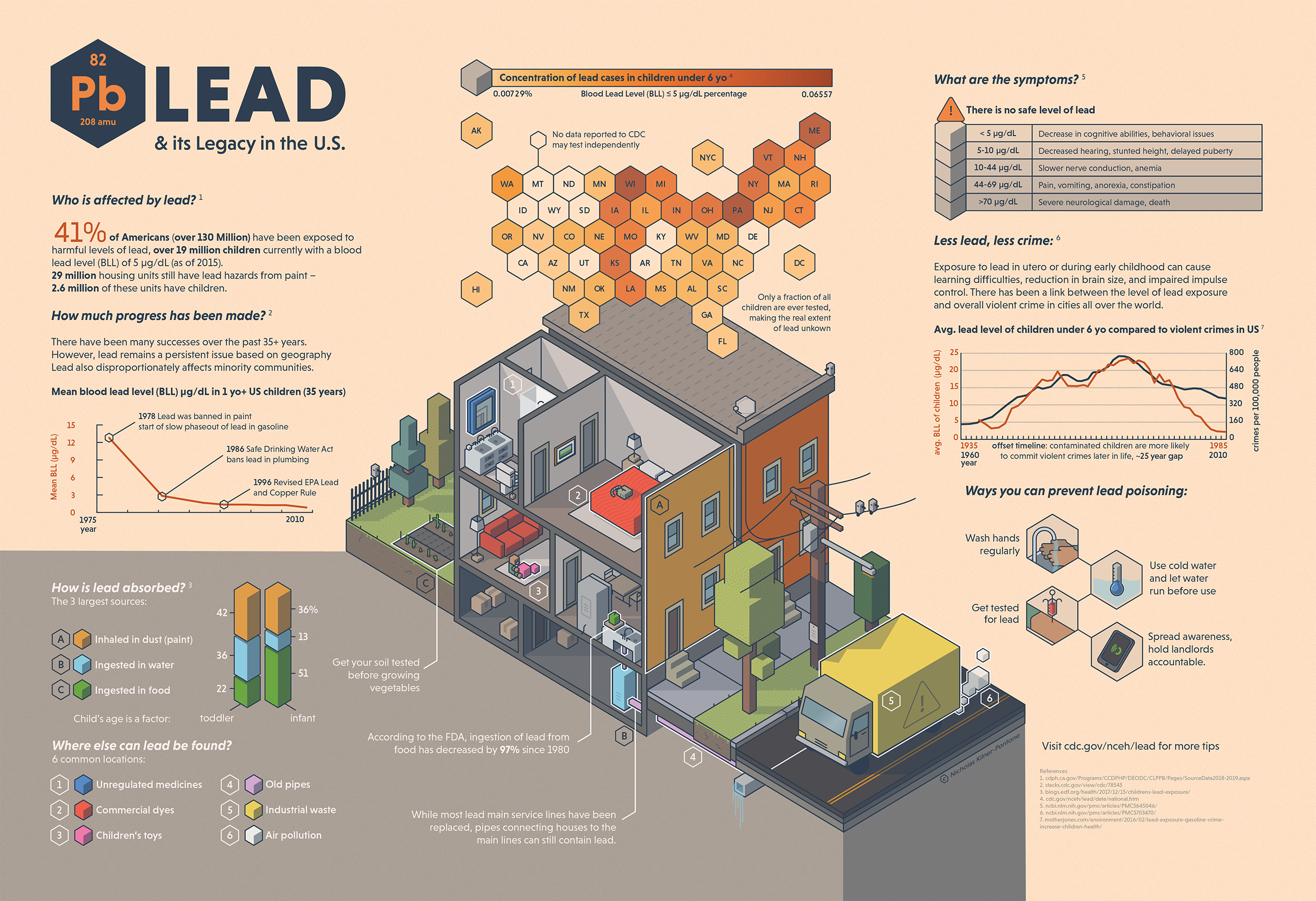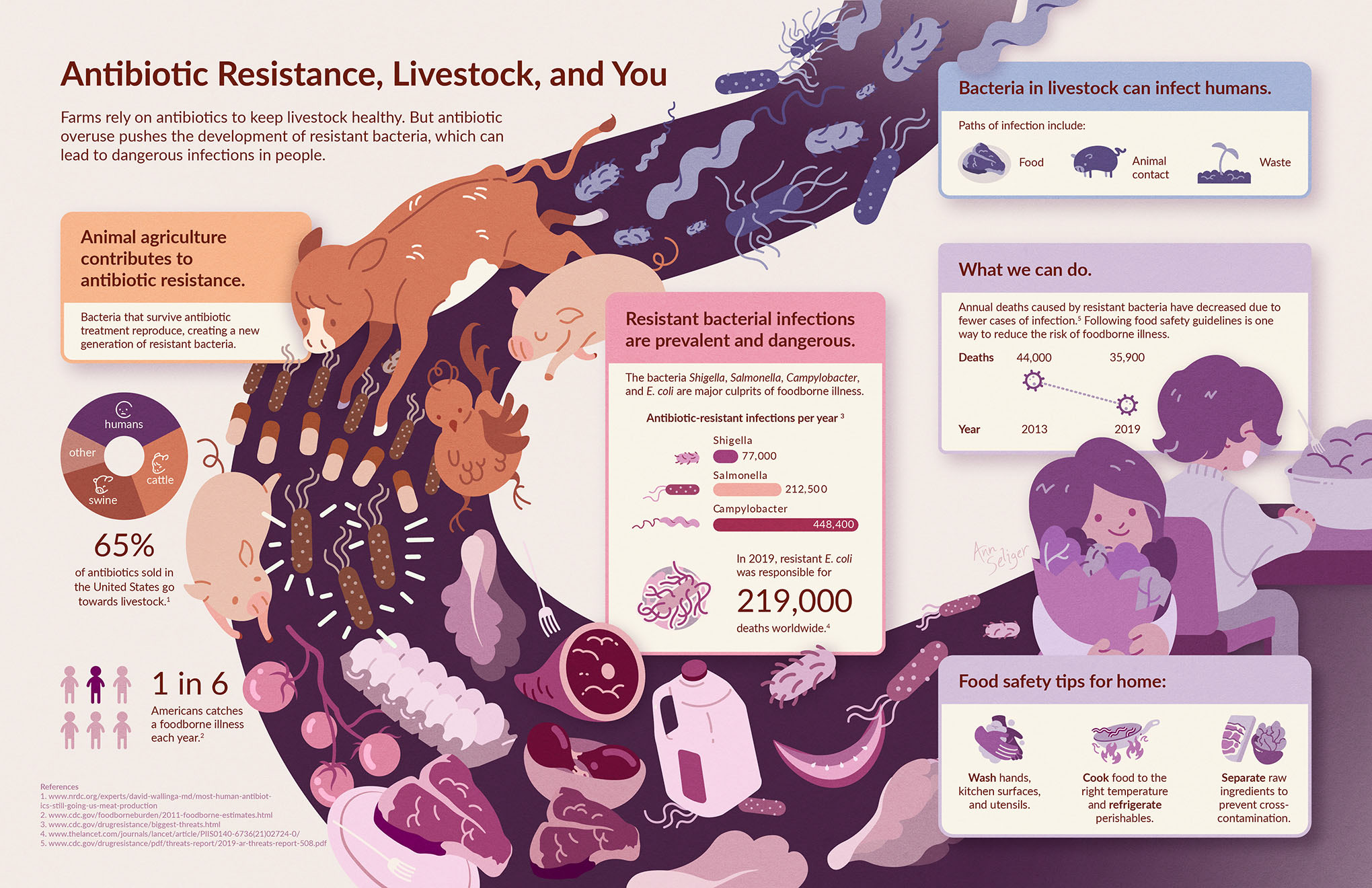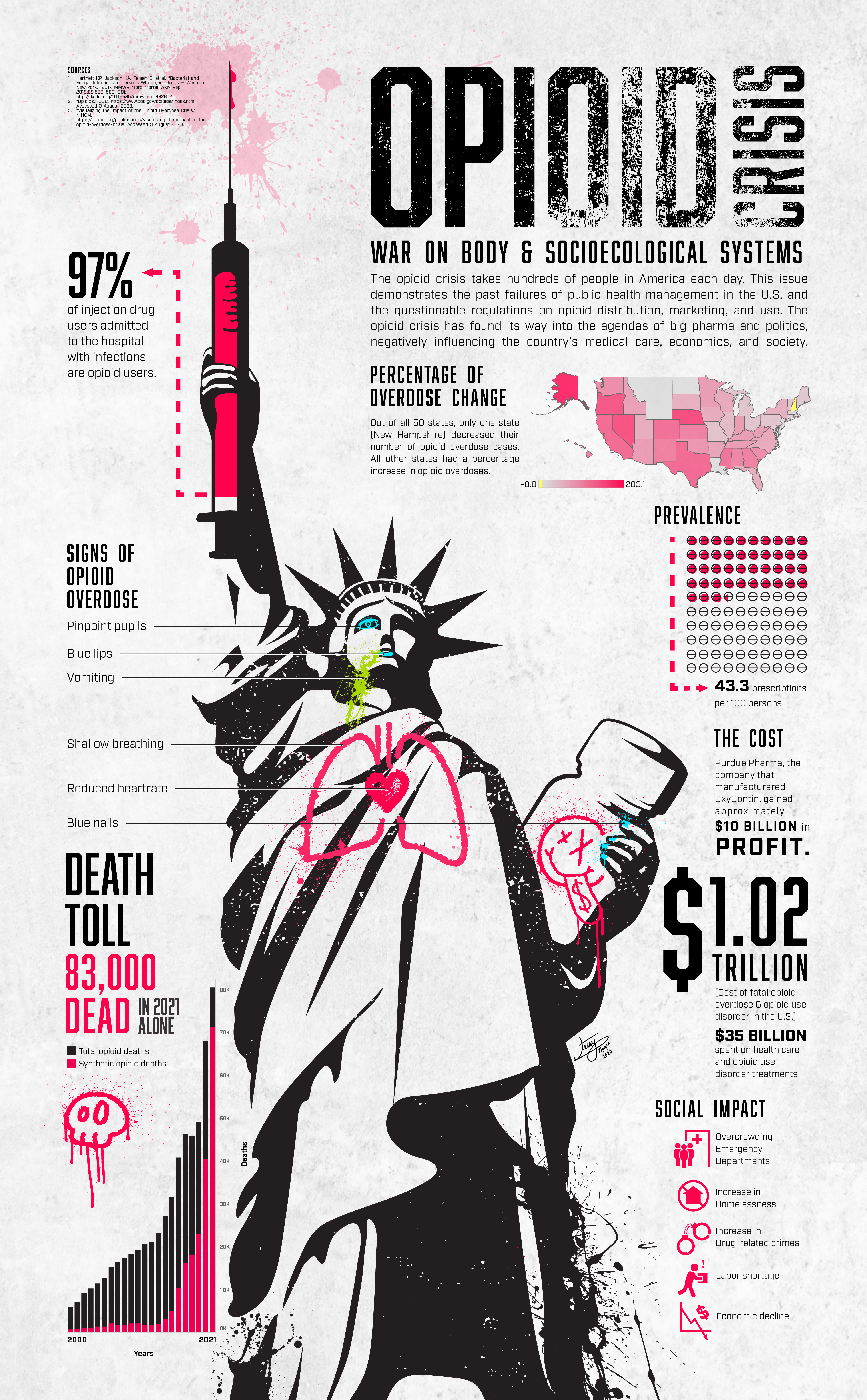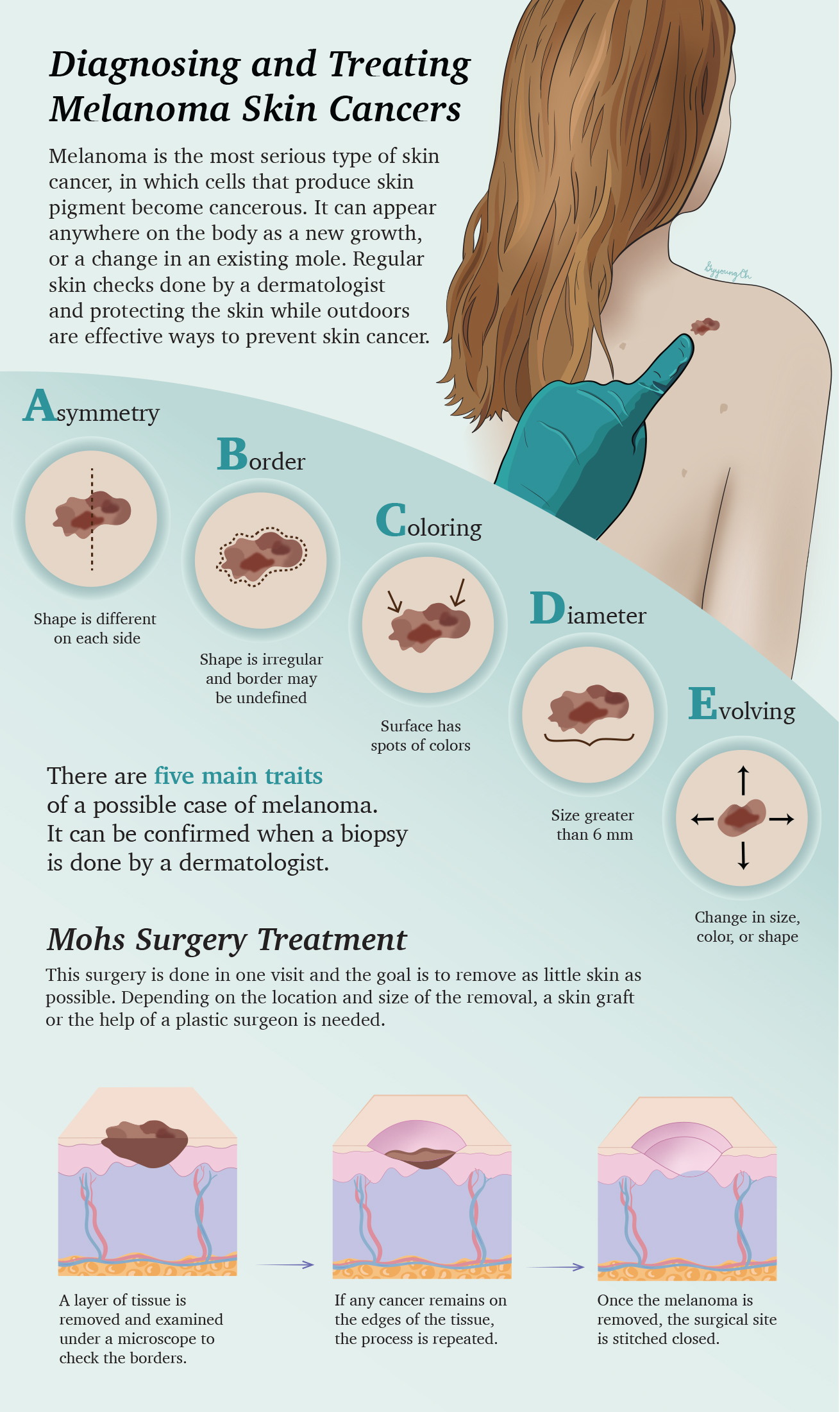MBI Graduate program: ME:120.720
Vector Illustration
Offered: 1st and 2nd Quarter, 1st Year
Instructors: Jennifer E. Fairman, Associate Professor, Lead Instructor
Jeff Day, Assistant Professor
Credits: 2 credit hours
summary
Introduction to visual storytelling, hierarchy and layout. Technical aspects of digital art production using vector digital imaging applications and the fundamentals of creating effective visuals for patient or lay audiences
Course Description
Objectives
- Understand basic differences/strengths/limitations of vector (vs. raster-based) applications.
- Understand the concepts of varying color bit depth, resolution of files
- Recognize differences between PPI, LPI, and DPI
- Understand differences between resolution-independent images (vs. resolution-dependent images)
- Understand procedures for size management, storage, input, and output of digital files
- Develop working knowledge in use of vector-based digital imaging applications (Adobe Illustrator)
- Understand processes involved in translating a traditional sketch into a digitally-rendered illustration
- Understand considerations for scanning sketches
- Understand considerations/procedures for labeling artwork using vector apps.
- Understand various options for printing digital files of traditionally and digitally-rendered line, tonal, and color artwork
- Understand procedures for outputting from digital files
Resources
Mac computer hardware/software, removable media, scanners, modems, stylus-based input devices, laser printers, ink-jet printers, and dye-sub printers. Handouts, software manuals, tutorials, and 3rd Party books on various computer topics will be available
Assignments
Students will further develop their skills through class lectures/demonstrations, tutorials and class exercises, including:
- Traditional Pen & Ink “Bootcamp”
- Scanning a working sketch, convert into vector paths using Live Trace
- Introduction/tutorial in Illustrator
- Creating a vector-based illustration with labels
- Linotronic output of a color-separated Illustrator vector file
- Understanding line quality and thickness using pen, pencil and brush tools.
- Scanning traditionally-rendered tonal sketches, as well as final line illustrations
- Creating a digital vector illustration with labels
- Color output of a digital vector file
- Digitally labeling as well as printing a vector-based illustration
- Creating a digital spot color file
Student Evaluations
- 1:1 faculty-student interactions
- Successful completion of above-mentioned assignments
Schedule
Refer to 1st year calendars and syllabi.
Student Artwork
Gallery of Vector Illustration
The health and wellness of students are of utmost importance to us here at Johns Hopkins. If you are struggling with anxiety, stress, depression, or other wellbeing-related concerns, please consider contacting Mental Health Services at 410-955-1892 or one of the other wellness resources within Student Health and Well-Being. If you are concerned about a friend, please encourage that person to seek out support. If you or someone you know needs immediate assistance for a mental health concern, please call the Behavioral Health Crisis Support Team at 410-516-9355.
Students who would like to request disability-based accommodations should contact the Disabilities Service Coordinator, Ellen Kaplan, at [email protected] or complete the online accommodations application. Documentation guidelines are provided on the application.

